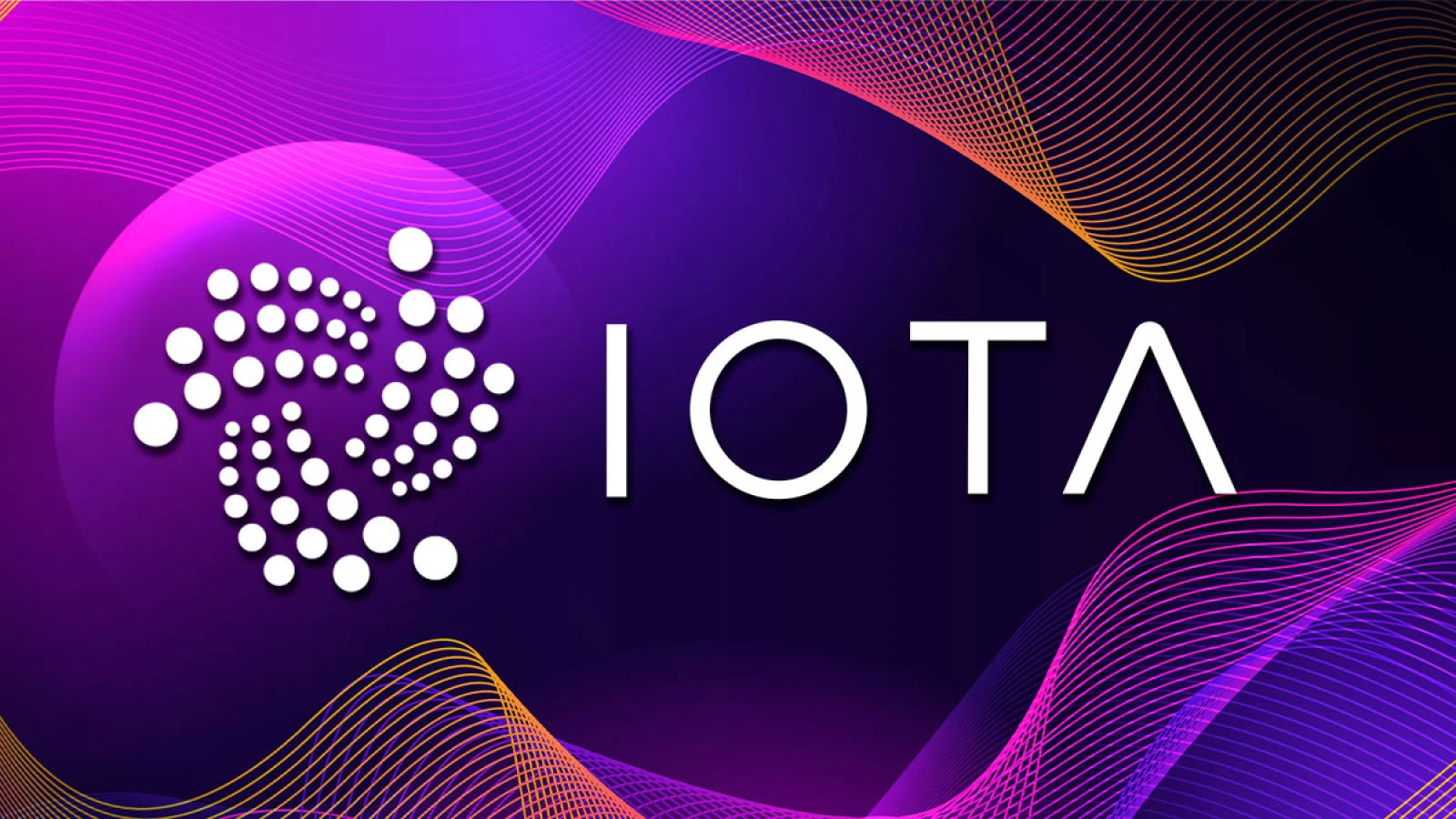|
Getting your Trinity Audio player ready...
|
The recent integration of the Ethereum Virtual Machine (EVM) into the IOTA ecosystem has sparked a wave of excitement in the decentralized application (dApp) community. This groundbreaking move unlocks a treasure trove of possibilities, paving the way for a new era of innovation within the IOTA ecosystem.
Breaking Down Barriers: Seamless Collaboration and Faster Development
This integration acts as a bridge, fostering seamless collaboration between IOTA and Ethereum-based applications. Developers can now leverage the robust communication channels established, enabling smooth interoperability between the two platforms. But the benefits go beyond mere communication. With access to the vast library of tools and resources from the Ethereum ecosystem, developers can significantly accelerate the creation of dApps on the IOTA network. This streamlined process empowers them to focus on crafting groundbreaking applications, ultimately enriching the user experience.
Smart Contracts: Automating the Future
The integration of EVM brings a powerful tool to the IOTA table – smart contracts. These self-executing agreements automate transactions and agreements, adding a layer of security and efficiency to the dApp development landscape. This functionality is particularly appealing to developers familiar with Ethereum, as it allows them to seamlessly transition their expertise to the IOTA network. By embracing EVM, IOTA broadens its reach, attracting a wider pool of developers and fostering a vibrant community that can propel the platform to new heights.
The Future is Open: Collaboration and Boundless Potential
IOTA’s EVM integration isn’t just about the here and now. It’s a springboard for the future. The IOTA team is actively bolstering the infrastructure surrounding the EVM. This includes the introduction of price pusher services for Oracles, ensuring the accuracy of data feeds within the network. Additionally, the rollout of global RPC nodes strengthens Subgraph Services, a critical component for efficient data retrieval.
These advancements, coupled with IOTA’s unique appchain capabilities offered by SPYCE_5, pave the way for limitless scalability and seamless integration with diverse platforms. Furthermore, the ability to seamlessly transfer Layer 2 (L2) assets like NFTs and coins between different layers eliminates the need for bridges, enhancing security and reducing risks.
Also Read: IOTA Unveils Privacy-Preserving KYC System to Address Incoming EU Crypto Regulations
Beyond Ethereum: A Tale of Two Technologies
It’s important to understand the underlying technology powering these innovations. While Ethereum utilizes the well-established blockchain technology, IOTA leverages a distinct approach – Tangle. This directed acyclic graph (DAG) is specifically designed for scalability and efficiency, making it ideal for applications within the Internet of Things (IoT). When it comes to smart contracts, Ethereum’s EVM reigns supreme in handling complex logic. IOTA’s EVM, on the other hand, focuses on facilitating the deployment of Ethereum-based smart contracts written in Solidity, allowing developers to leverage their existing skillset within the IOTA ecosystem.
IOTA’s EVM integration marks a watershed moment, not just for the platform itself, but for the entire dApp landscape. With its focus on collaboration, faster development, and boundless potential, IOTA is well-positioned to become a leading player in the exciting world of decentralized applications.
I’m your translator between the financial Old World and the new frontier of crypto. After a career demystifying economics and markets, I enjoy elucidating crypto – from investment risks to earth-shaking potential. Let’s explore!




